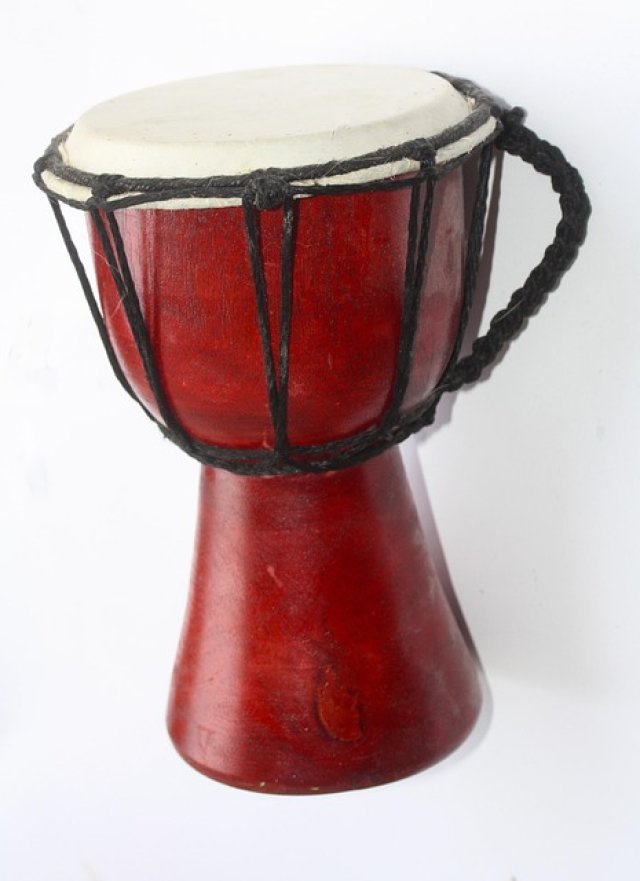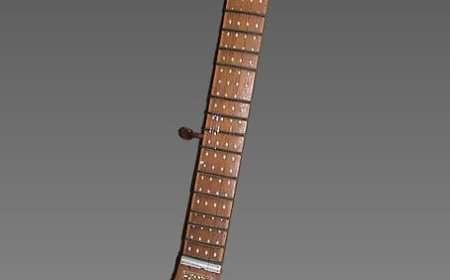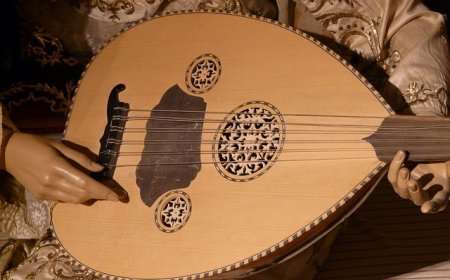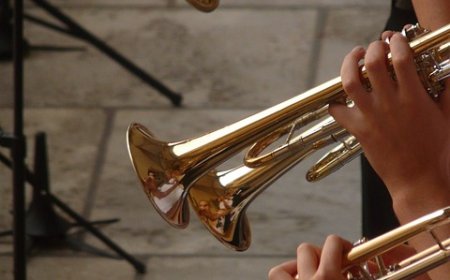Conga Drum Facts for Students | Learn How Congas Work & Their Cultural Roots
Discover the conga drums: what they are, how they work, their parts, history, and famous players. This student-friendly guide brings the rhythms of Afro-Cuban percussion to life.

🥇 Introduction
The conga drums, or simply congas, are tall, narrow hand drums that create rich, warm rhythms. Originally from Afro-Cuban culture, congas are now used all over the world in salsa, jazz, funk, reggae, pop, and classical music. Their deep tones and rhythmic patterns bring life to any musical group, from drum circles to full orchestras.
🎶 What Are Congas?
Congas are a set of tall, single-headed hand drums played with the hands and fingers. They usually come in sets of two or three, and each drum is tuned to a different pitch. The different pitches allow the player to perform melodies, rhythms, and solos.
The most common types of conga drums are:
Quinto – The smallest, highest-pitched conga
Conga – The middle-sized drum, also called the “tumbadora”
Tumbadora – The largest and lowest-pitched drum
Each drum contributes a unique voice to the rhythm, and together they form the heartbeat of Latin percussion music.
🧩 Parts of the Conga Drums
Congas are carefully crafted for strength and sound. Here are their key parts:
Drumhead – The top of the drum, made from animal skin or synthetic material
Shell (Body) – The tall, barrel-shaped wooden or fiberglass structure
Rim (Hoop) – The metal ring that holds the drumhead in place
Tuning Lugs & Bolts – Used to adjust the tension of the drumhead and tune the pitch
Hardware (Side Plates) – Metal brackets that hold everything together
Base – The bottom of the drum, sometimes with rubber feet or mounted on a stand
Conga shells are often made of wood or fiberglass, and they can be played while sitting or standing, often mounted on a stand.
⚙️ How Do the Congas Work?
Congas create sound when the player strikes the drumhead with various parts of their hands. The shape of the shell and the tension of the drumhead determine the pitch, tone, and resonance.
Conga players use several main techniques:
Open Tone – A clear, ringing tone from striking near the edge
Slap – A loud, popping sound with a quick strike
Bass Tone – A deep tone from striking the center of the drum
Muffled or Muted Tone – Striking with the fingers while dampening the sound
Heel-Toe Motion – A rolling pattern using the heel and toe of the hand
These techniques allow players to create fast, complex rhythms, often in patterns called "conga tumbaos" used in Latin music.
📜 History of the Conga Drums
Conga drums have their roots in African drumming traditions, brought to the Caribbean by enslaved Africans. In Cuba, these traditions merged with Spanish and indigenous influences to create new musical styles. The conga evolved from barrel drums used in street festivals and religious ceremonies, especially in rumba music.
By the 1940s and 1950s, congas entered the world of jazz and pop music, thanks to Latin jazz pioneers and big band arrangers. They soon became essential to salsa, mambo, and Afro-Cuban jazz.
Today, congas are heard across the globe, from classrooms and concerts to studios and stage performances.
🥁 Famous Conga Players
These world-renowned musicians helped shape the sound and legacy of the conga:
Mongo Santamaría – A Cuban legend who brought congas to the jazz world
Giovanni Hidalgo – One of the most technically skilled and innovative conga players ever
Ray Barretto – Known for blending Latin and jazz styles on the congas
Poncho Sanchez – A modern Latin jazz conga master
Tito Puente – While famous for timbales, he often featured congas in his bands
These players made the congas an instrument of passion, power, and precision.
🎶 Learning to Play the Congas
The congas are a fun and exciting instrument for students who enjoy rhythm and hand drumming. They help players build coordination, timing, and musical expression.
Beginner students typically learn:
Proper hand positions to avoid injury and improve tone
Basic tones: open, slap, bass, and mute
Simple Latin rhythms, like the tumbao
How to play with other musicians in a band or ensemble
Techniques for improvising and soloing
As students progress, they explore more advanced rhythms, such as guaguancó, mambo, and afro styles, often used in Latin jazz and world music.
😄 Fun Facts About the Congas
The word “conga” comes from the Cuban street dance “conga line.”
A conga can be over 30 inches tall!
Congas used to be made from old barrels or tree trunks.
Some conga players can drum at over 600 beats per minute!
Modern congas are made in many colors, woods, and finishes—even glitter or flames.
Congas are often played alongside bongos, timbales, and shakers.
👧 Kid-Friendly Summary
Congas are big, tall drums that you play with your hands. There are usually two or three drums, and each one makes a different sound. You can tap, slap, or roll your hands on them to make fun rhythms. They come from Cuba and are used in Latin, jazz, and pop music. Congas are super fun and great for dancing beats!
📚 Vocabulary Words
Congas – A pair or set of tall hand drums used in Latin and world music
Quinto – The smallest, highest-pitched conga drum
Tumbadora – The largest, lowest-pitched conga drum
Shell – The wooden or fiberglass body of the drum
Drumhead – The top surface where you strike
Open Tone – A clear, ringing sound from the edge
Tumbao – A repeating rhythm pattern in Latin music
Afro-Cuban – A musical style combining African and Cuban rhythms
❓ Interactive Quiz
1. What country are the conga drums most closely connected to?
A. Mexico
B. Cuba ✅
C. Brazil
D. Spain
2. What are conga drums played with?
A. Sticks
B. Brushes
C. Hands ✅
D. Mallets
3. What is the name of the smallest conga drum?
A. Tumba
B. Bongo
C. Quinto ✅
D. Timbale
4. What type of music are congas used in?
A. Salsa
B. Latin Jazz
C. Pop
D. All of the above ✅
5. What is a “tumbao”?
A. A dance move
B. A drumstick
C. A rhythm pattern ✅
D. A drum type




















































